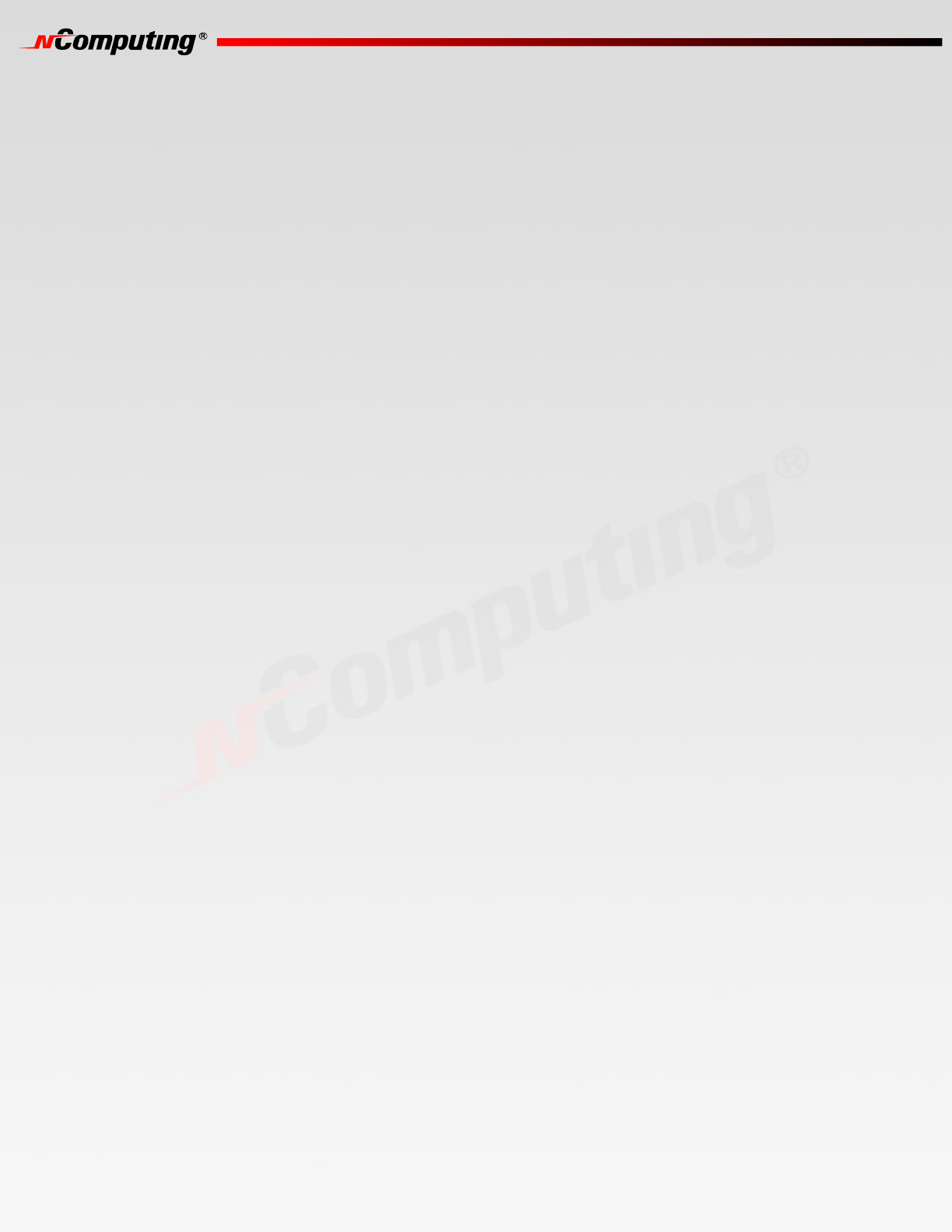User's Manual

28
2828
28
installing and configuring system hardware and software; establishing and managing user accounts;
upgrading software; and backup and recovery tasks.
Download: the transmission of a file from one computer system to another.
Ethernet: the most widely-installed local area network (LAN) technology - specified in a standard,
IEEE 802.3.
Firewall: a set of related programs that protect the resources of a private network from users on other
networks and control what outside resources its own users have access to. (The term also implies the
security policy that is used with the programs.)
Gateway: a network point that acts as an entrance to another network. On the Internet, a node or
stopping point can be either a gateway node or a host (end-point) node.
Host PC: a computer in which the terminal services software has been installed
Internet: a worldwide system of computer networks in which users at any one computer can, if they
have permission, get information from any other computer (and sometimes talk directly to users at
other computers).
IP Address: the Internet Protocol (IP) is basically the set of rules for one network communicating with
any other (or occasionally, for broadcast messages, all other networks). Each network must know its
own address on the Internet and that of any other networks with which it communicates. To be part of
the Internet, an organization needs an Internet network number, which it can request from the Network
Information Center (NIC). This unique network number is included in any packet sent out of the
network onto the Internet.
LAN: local area network (LAN) is a group of computers and associated devices that share a common
communications line or wireless link and typically share the resources of a single processor or server
within a small geographic area (for example, within an office building). Usually, the server has
applications and data storage that are shared in common by multiple computer users. A local area
network may serve as few as two or three users (for example, in a home network) or as many as
thousands of users (for example, in an FDDI network).
Log on: in general computer usage, logon is the procedure used to get access to an operating system or
application. Almost always, a logon requires that the user have (1) a user ID and (2) a password. Often,
the user ID must conform to a limited length such as eight characters and the password must contain at
least one digit and not match a natural language word
User: one who uses a computer system. Users may need to identify themselves for the purposes of
accounting, security, logging and resource management. In order to identify oneself, a user has an
account and a username.
USB: (Universal Serial Bus) is a standard designed to allow peripherals to be connected to a computer
using a standardized interface socket and to improve plug-and-play capabilities by allowing devices to
be connected and disconnected without rebooting the computer.
FAQ
Note: Go to www.ncomputing.com to see the latest FAQs.
Q: I can't download any updates. The “Download” button is greyed out and I can’t click on it.
A: Make sure that the product is registered (see “Product Registration” section).
Q: Why does a warning message appear when I install the terminal services software?










